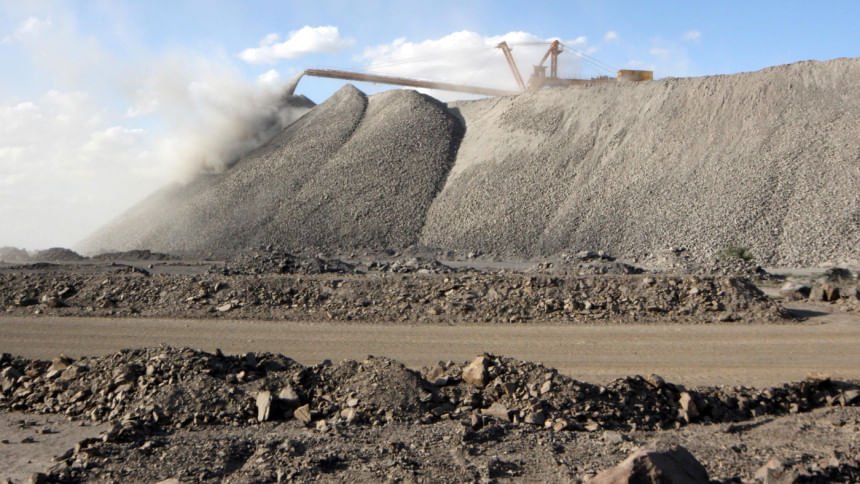In today’s technology-driven world focused on sustainability, rare earth elements, a group of 17 metallic elements, have emerged as crucial resources. These elements, vital for a wide range of modern technologies such as smartphones, electric vehicles, and military equipment, play a behind-the-scenes role in enabling our daily lives. While these elements are not actually rare in the Earth’s crust, the challenge lies in finding economically viable concentrations for extraction.
China has strategically positioned itself as the dominant player in the global rare earth market, holding a monopoly on these essential materials. Unlike Western nations that struggled with mining operations due to cost and environmental concerns, China recognized the significance of rare earths early on. By investing heavily in the extraction and processing of these elements, China now controls a significant portion of the world’s rare earth production and processing capabilities.
The unique properties of rare earth elements, such as their magnetic and catalytic characteristics, make them indispensable in various technologies. For instance, neodymium is a key component in powerful magnets used in electric vehicles and wind turbines, while other elements like lanthanum and europium are essential for creating vibrant displays in devices like phone cameras and LED screens. As the demand for clean energy and advanced technology grows, so does the reliance on rare earth elements.
Recent geopolitical tensions have highlighted the vulnerabilities associated with this dependence on China for rare earths. With China imposing export restrictions on key technologies related to rare earth processing, the global supply chain faces potential disruptions. Countries like the US and its allies are now scrambling to secure their own rare earth supplies to reduce reliance on China and mitigate risks to their industries and national security.
Efforts are underway to explore new deposits of rare earths and develop alternative materials to reduce dependence on traditional rare earth elements. Countries are also investing in recycling technologies to reclaim these elements from e-waste. While progress is being made to diversify the rare earth supply chain, the road to achieving independence from China is long and challenging.
The race to secure rare earth resources and develop alternative technologies underscores the importance of strategic planning and innovation in reducing global dependence on a handful of critical materials. As countries strive to navigate this complex landscape, the story of rare earth elements serves as a stark reminder of the intricate interplay between technology, geopolitics, and sustainability in the modern world.

